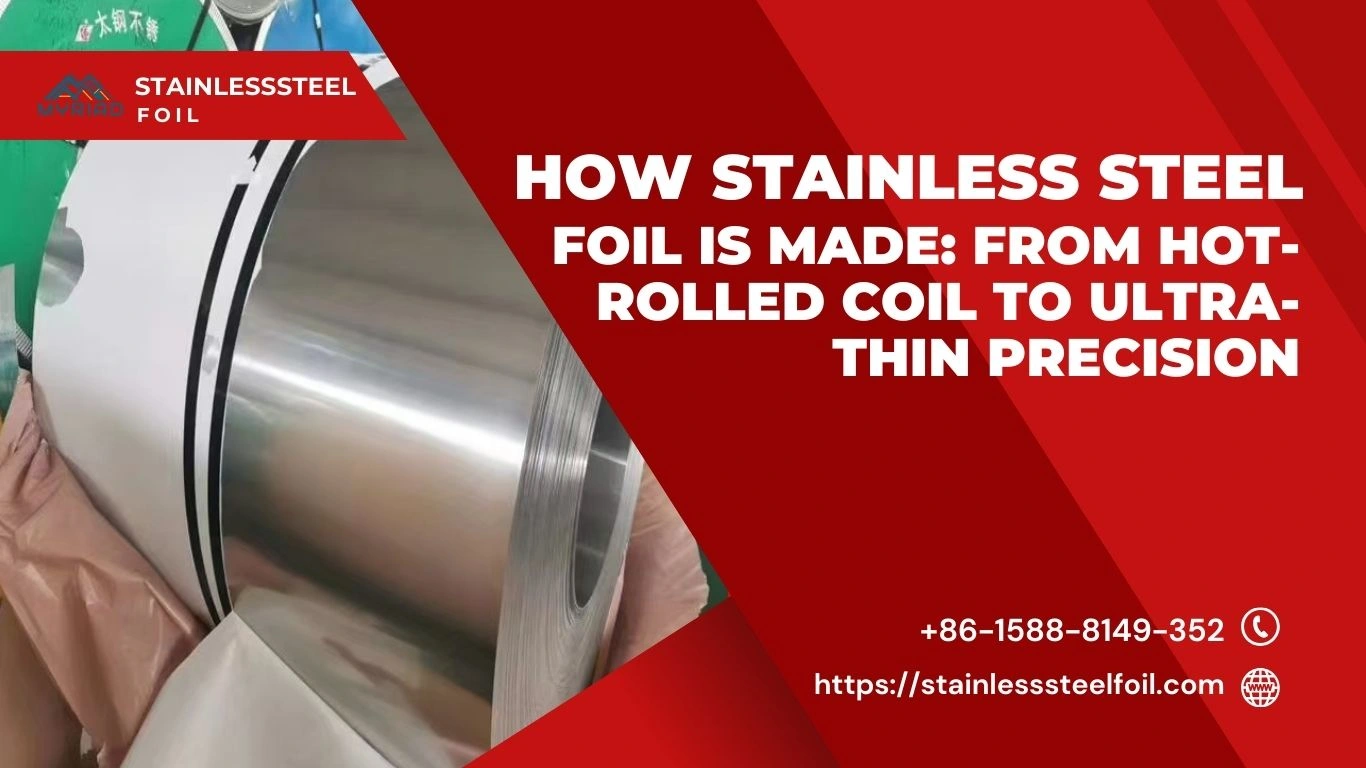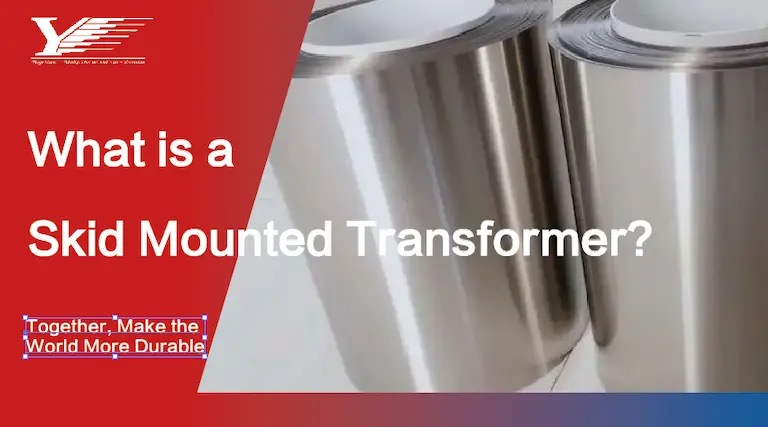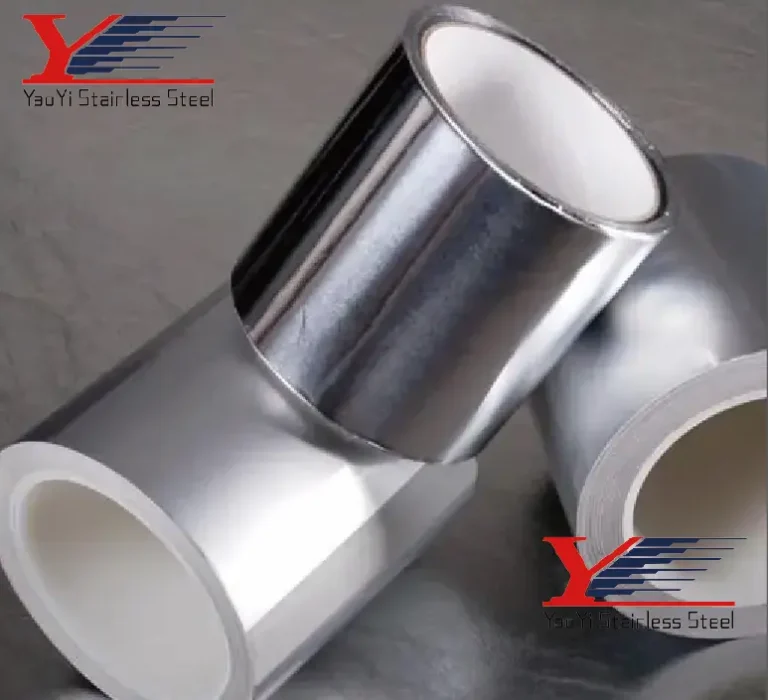
How Stainless Steel Foil Is Made: From Hot-Rolled Coil to Ultra-Thin Precision
Stainless steel foil is a versatile material used in industries ranging from aerospace to medical devices. Its thin, durable, and

Stainless steel foil offers superior durability, heat resistance, and corrosion resistance compared to aluminum foil, making it a better choice for high-temperature cooking and applications requiring long-term performance. However, aluminum foil is lighter, more flexible, and better suited for tasks requiring tight wrapping or insulation, such as baking or covering foods.
Cost vs. Longevity: Stainless steel foil is more expensive upfront, ranging from $20 to $50 per roll, but offers long-term cost efficiency due to its durability and reusability. Aluminum foil is cheaper, generally $1 to $5 per roll, but is usually single-use.
Heat Resistance: Stainless steel foil can withstand much higher temperatures than aluminum foil, making it ideal for grilling, roasting, and other high-heat cooking methods.
Durability: Stainless steel foil is significantly more durable and can be reused multiple times without losing its integrity, whereas aluminum foil is prone to tearing and is often used once.
Corrosion Resistance: Stainless steel foil offers superior resistance to corrosion, especially in moist or acidic environments, while aluminum foil can corrode when exposed to acidic foods.
Flexibility: Aluminum foil is more flexible and better suited for wrapping and sealing food, making it ideal for baking, whereas stainless steel foil is more rigid and suited for applications requiring structural strength.
These factors should guide your choice between stainless steel foil and aluminum foil based on your cooking needs and budget.
Material Composition Stainless steel foil is made from an alloy of iron, chromium, and often nickel, which gives it excellent strength and resistance to corrosion. Aluminum foil, on the other hand, is made from aluminum, which is lightweight and highly malleable. The composition of stainless steel makes it more durable and capable of withstanding higher temperatures without degrading, whereas aluminum foil can melt or warp under intense heat.

Heat Resistance Stainless steel foil can endure much higher temperatures compared to aluminum foil, making it ideal for cooking methods like roasting or grilling where sustained heat is involved. Aluminum foil can handle lower temperatures but is prone to melting or breaking down if exposed to excessive heat over time.
Durability and Reusability Stainless steel foil is more durable and can be reused multiple times without losing its structural integrity, making it a cost-effective choice for frequent cooking. Aluminum foil, though cheaper, is typically single-use due to its tendency to tear and degrade after exposure to heat.
Flexibility and Application While stainless steel foil provides robustness, aluminum foil’s flexibility makes it better suited for wrapping and forming tight seals around food items. This makes aluminum foil preferable for tasks like baking, where wrapping food securely is essential.
Corrosion Resistance Stainless steel foil’s superior corrosion resistance is ideal for long-term use, especially in moist or acidic environments. Aluminum foil can corrode when in contact with acidic foods, potentially altering the taste and compromising the foil’s integrity.
Price Comparison Stainless steel foil is typically more expensive than aluminum foil. The cost difference can be attributed to the materials used and the manufacturing process. For example, a roll of stainless steel foil may cost anywhere from 10 to 20 times more than a comparable roll of aluminum foil. However, the higher upfront cost of stainless steel foil is often offset by its durability and reusability.
While aluminum foil is more budget-friendly for single-use scenarios, stainless steel foil may prove more economical in the long term for frequent or heavy-duty cooking tasks.
Learn more about the:The stainless Steel Foil Provided With High Quality and Best Price
Read more: How to Find the Best Deals on 316 Stainless Steel Foil Price
Get more: How to Choose the Right Thickness of 304 Stainless Steel Foil for Your Application
Read on: yaoyi stainless steel foil

Stainless steel foil is a versatile material used in industries ranging from aerospace to medical devices. Its thin, durable, and

Stainless steel foil represents one of the most versatile and technologically advanced materials in modern manufacturing. This ultra-thin, high-performance material